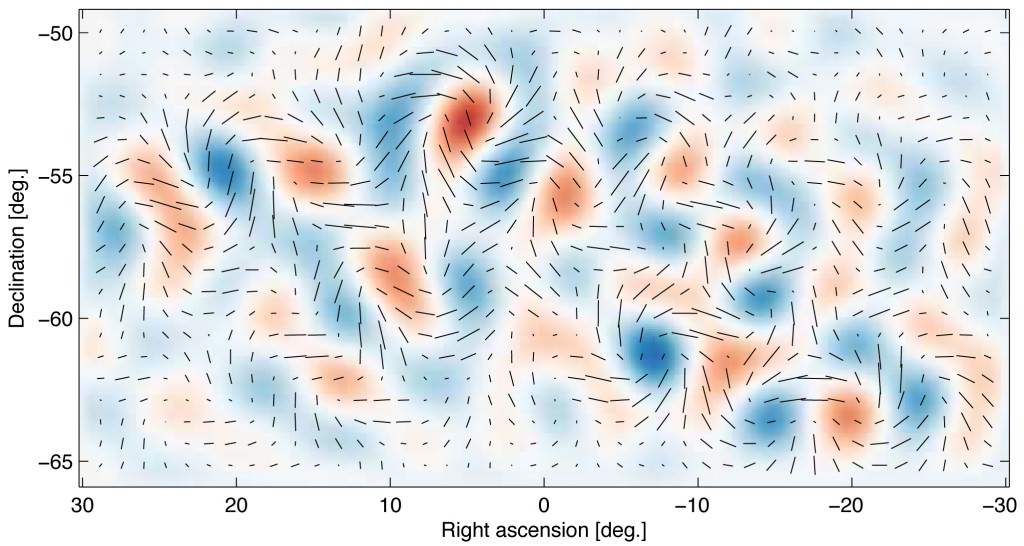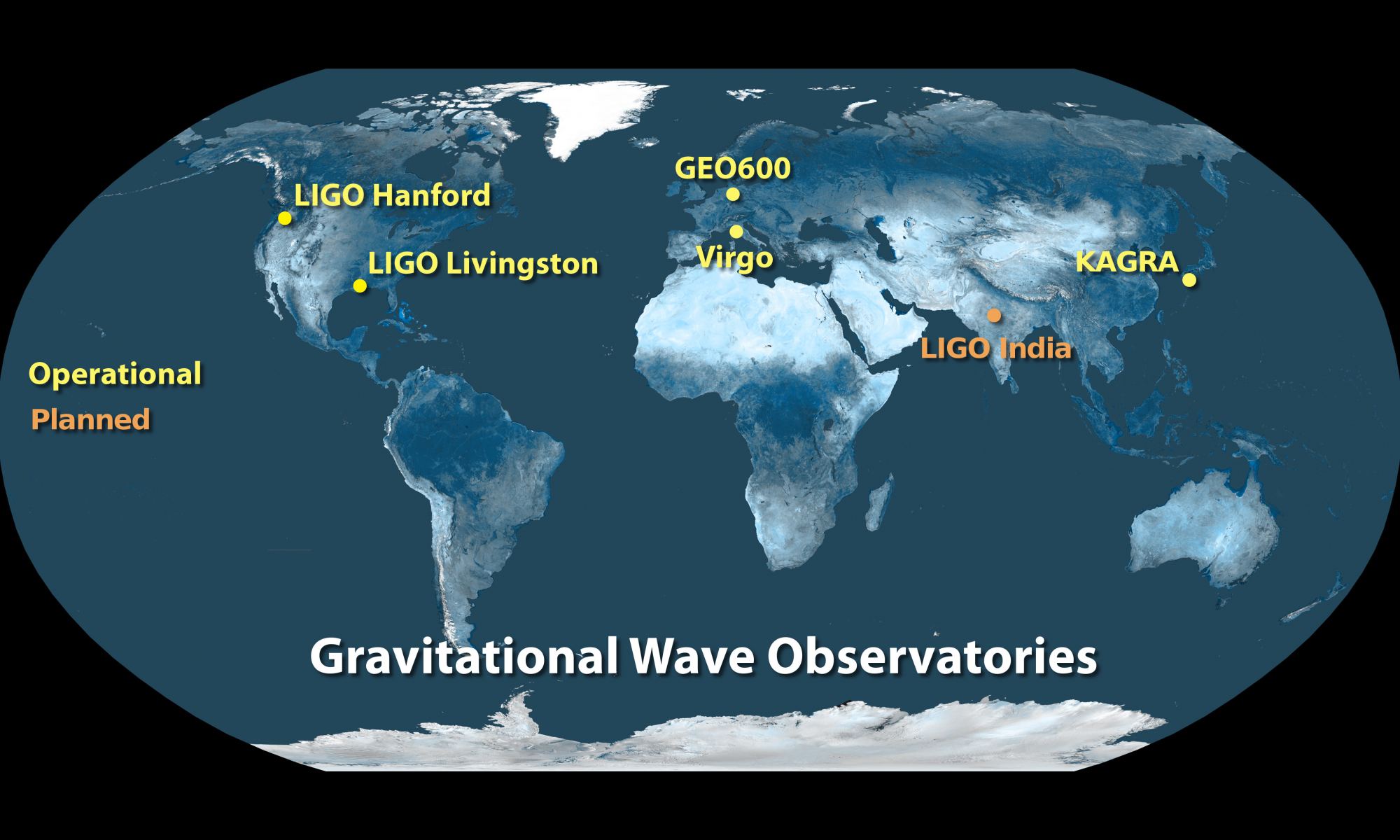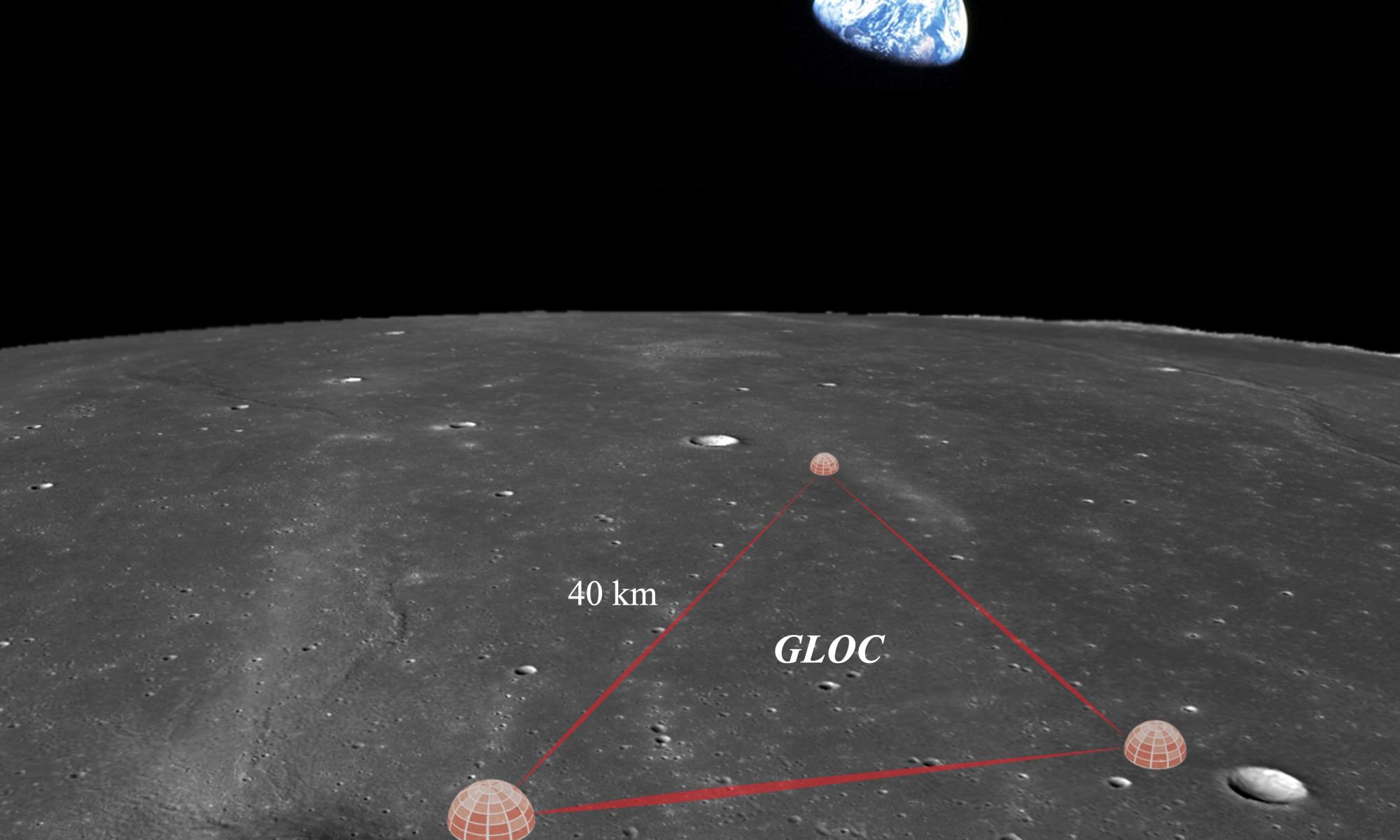Astronomers routinely explore the universe using different wavelengths of the electromagnetic spectrum from the familiar visible light to radio waves and infra-red to gamma rays. There is a problem with studying the Universe through the electromagnetic spectrum, we can only see light from a time when the Universe was only 380,000 years old. An alternate approach is to use gravitational waves which are thought to have been present in the early Universe and may allow us to probe back even further.
Continue reading “Gravitational Waves Could Show us the First Minute of the Universe”Simulation Perfectly Matches What We See When Neutron Stars Collide
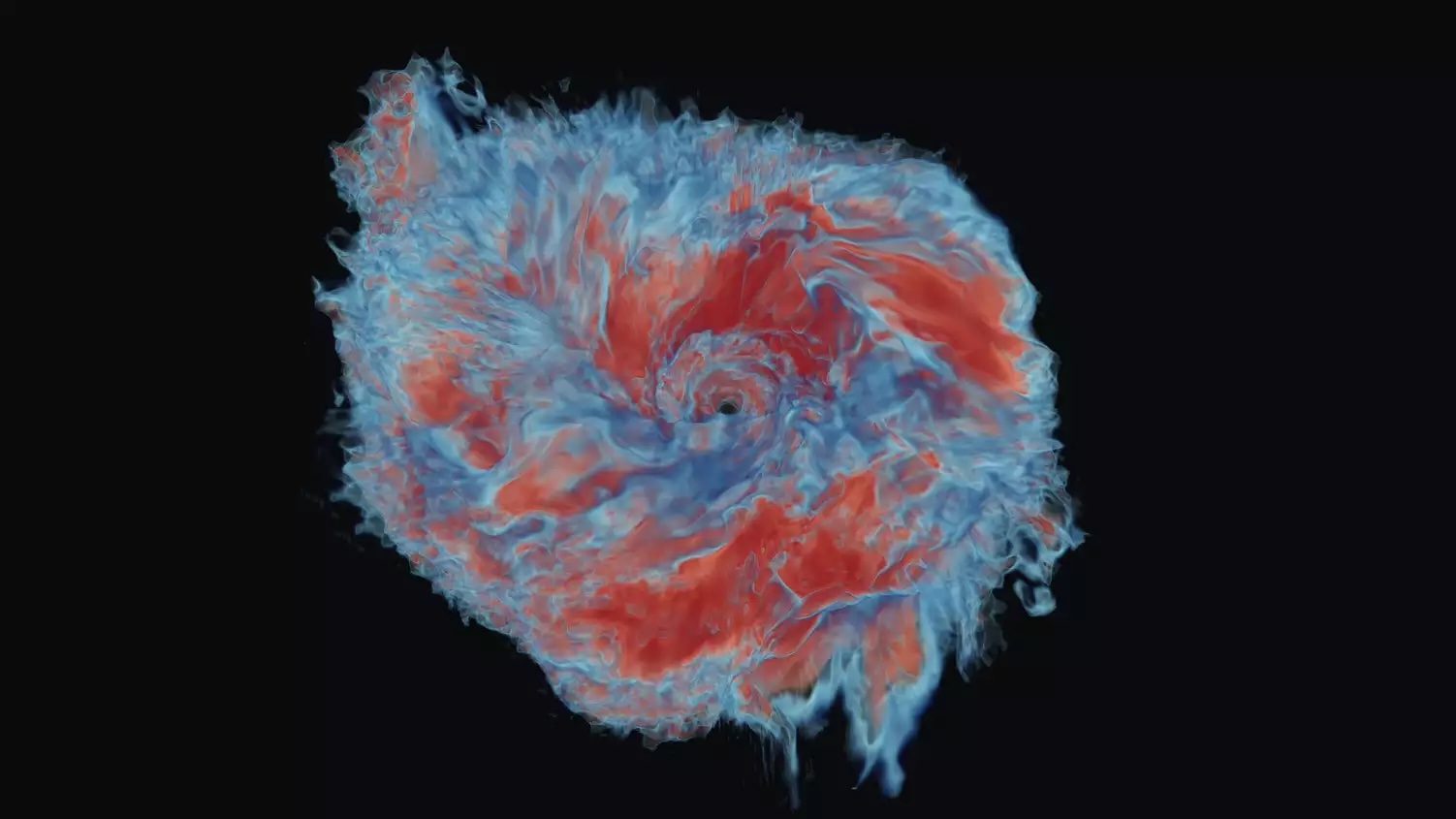
There are many mysteries in the world of astronomy and a fair number relate to the processes during the end of the life of a super massive star. Throw in the complexity of collisions and you have a real head scratching problem on your hands. In 2017 colliding neutron stars were detected and the data has allowed a new simulation to be tested with predictions beautifully matching observation.
Continue reading “Simulation Perfectly Matches What We See When Neutron Stars Collide”It's Time for a Gravitational Wave Observatory in the Southern Hemisphere
What’s true for optical astronomy is also true for gravitational wave astronomy: the more observatories you have, the better your view of the sky. This is why the list of active gravitational wave observatories is growing. But so far they are all in the Northern Hemisphere. As a recent article on the arXiv points out, that means we are missing out on a good number of gravitational events.
Continue reading “It's Time for a Gravitational Wave Observatory in the Southern Hemisphere”After Three Years of Upgrades, LIGO is Fully Operational Again

Have you noticed a lack of gravitational wave announcements the past couple of years? Well, now it is time to get ready for an onslaught, as the Laser Interferometric Gravitational-Wave Observatory (LIGO) starts a new 20-month observation run today, May 24th after a 3-year hiatus.
LIGO has been offline for the last three years, getting some serious new upgrades. One upgrade, called “quantum squeezing,” reduces detector noise to improve its ability to sense gravitational waves.
Astronomers expect this upgrade could double the sensitivity of LIGO. This will allow black hole mergers to be seen more clearly, and it could also allow LIGO to see mergers that are fainter or farther away. Or, perhaps it could even detect new kinds of mergers that have never been seen before.
Continue reading “After Three Years of Upgrades, LIGO is Fully Operational Again”What Does it Take to Make Black Holes Collide?

In a recent study published in Astronomy and Astrophysical Letters, a team of researchers at the Massachusetts Institute of Technology (MIT) used various computer models to examine 69 confirmed binary black holes to help determine their origin, and found their data results changed based on the model’s configurations, and the researchers wish to better understand both how and why this occurs and what steps can be taken to have more consistent results.
Continue reading “What Does it Take to Make Black Holes Collide?”Colliding Black Holes Provide Another way to Measure Distance in the Universe

We know the universe is expanding, and we have a pretty good idea of how fast it’s expanding, but we don’t know the rate exactly. That’s because of the different methods we have to measure the rate of cosmic expansion keep giving us slightly different results. It’s a nagging problem that bugs astronomers, so while they have worked to ensure current methods are accurate, they have also looked to new ways to measure cosmic expansion. One of these new ways involves gravitational waves.
Continue reading “Colliding Black Holes Provide Another way to Measure Distance in the Universe”Gravitational Waves Will Give Astronomers a new way to Look Inside Neutron Stars
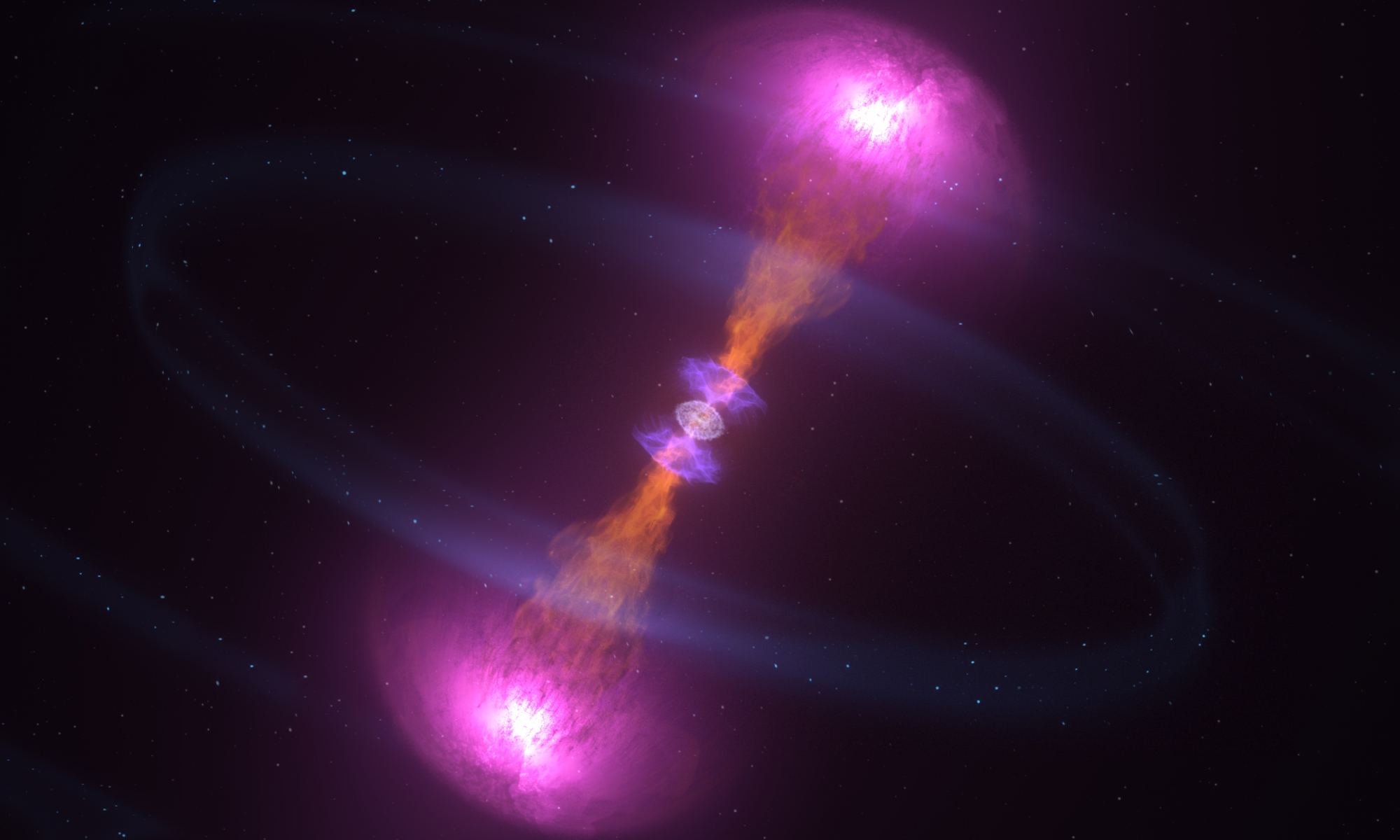
It’s difficult to study neutron stars. They are light years away and only about 20 kilometers across. They are also made of the most dense material in the universe. So dense that atomic nuclei merge together to become a complex fluid. For years our understanding of the interiors was based on complex physical models and what little data we could gather from optical telescopes. But that’s starting to change.
Continue reading “Gravitational Waves Will Give Astronomers a new way to Look Inside Neutron Stars”A Gravitational Wave Observatory on the Moon Could "Hear" 70% of the Observable Universe
Gravitational-wave astronomy is set to revolutionize our understanding of the cosmos. In only a few years it has significantly enhanced our understanding of black holes, but it is still a scientific field in its youth. That means there are still serious limitations to what can be observed.
Continue reading “A Gravitational Wave Observatory on the Moon Could "Hear" 70% of the Observable Universe”Astronomers Detected a Black Hole-Neutron Star Merger, and Then Another Just 10 Days Later
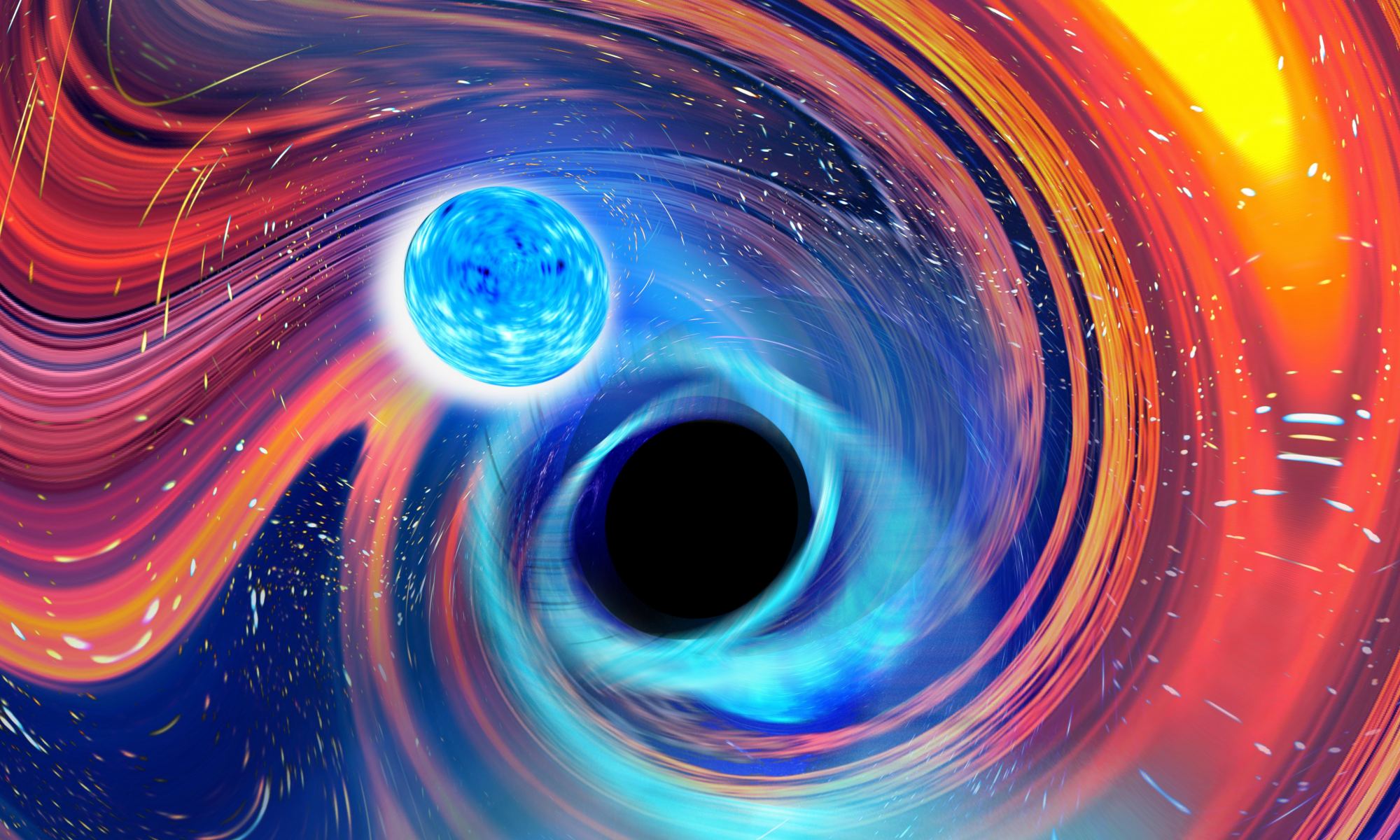
The interior of a neutron star is perhaps the strangest state of matter in the universe. The material is squeezed so tightly that atoms collapse into a sea of nuclear material. We still aren’t sure whether nucleons maintain their integrity in this state, or whether they dissolve into quark matter. To really understand neutron star matter we need to pull it apart to see how it works and to do that takes a black hole. This is why astronomers are excited about the recent discovery of not one, but two mergers between a neutron star and a black hole.
Continue reading “Astronomers Detected a Black Hole-Neutron Star Merger, and Then Another Just 10 Days Later”Astronomers see a Hint of the Gravitational Wave Background to the Universe
Gravitational-wave astronomy is still in its infancy. LIGO and other observatories have opened a new window on the universe, but their gravitational view of the cosmos is limited. To widen our view, we have the North American Nanohertz Observatory for Gravitational Waves (NANOGrav).
Continue reading “Astronomers see a Hint of the Gravitational Wave Background to the Universe”
